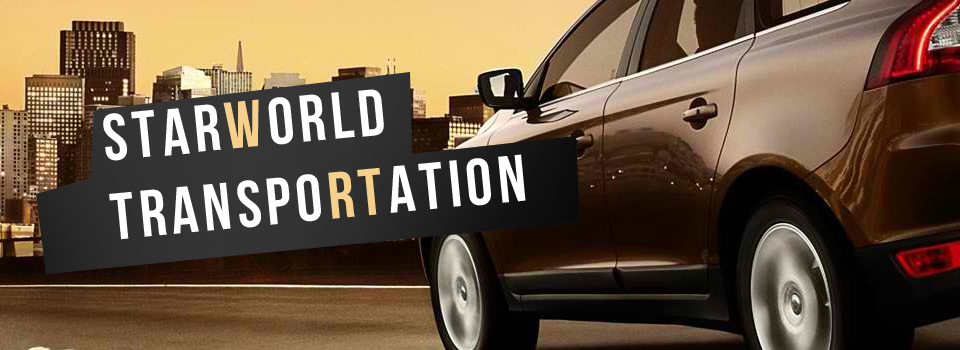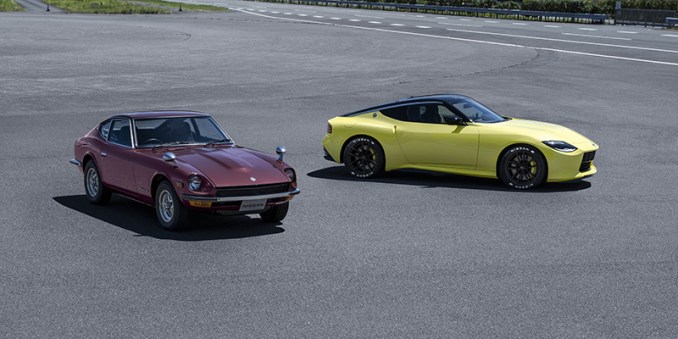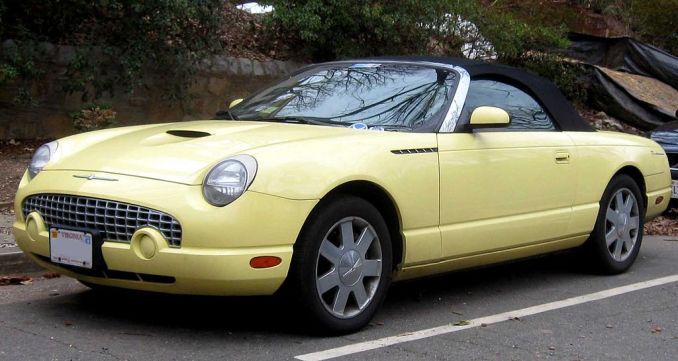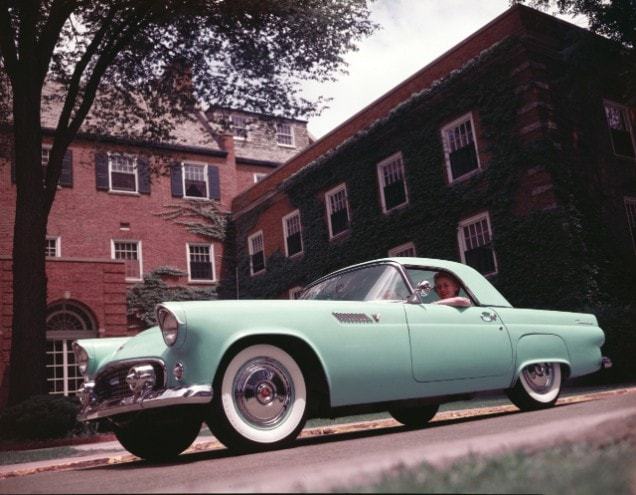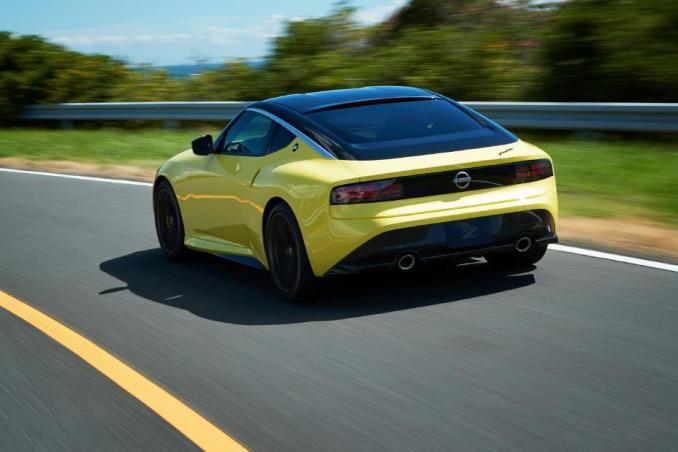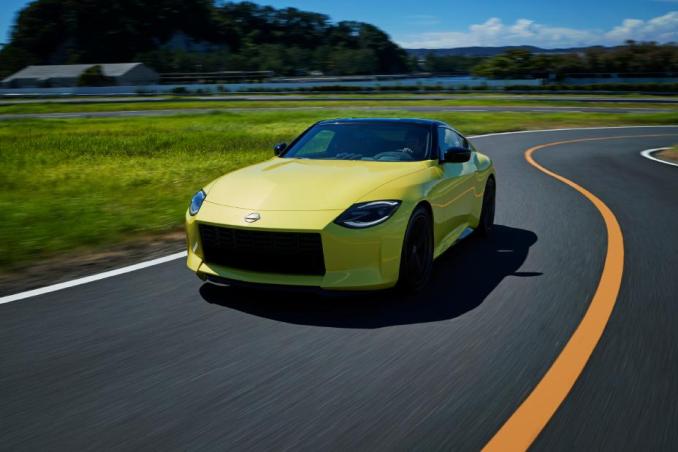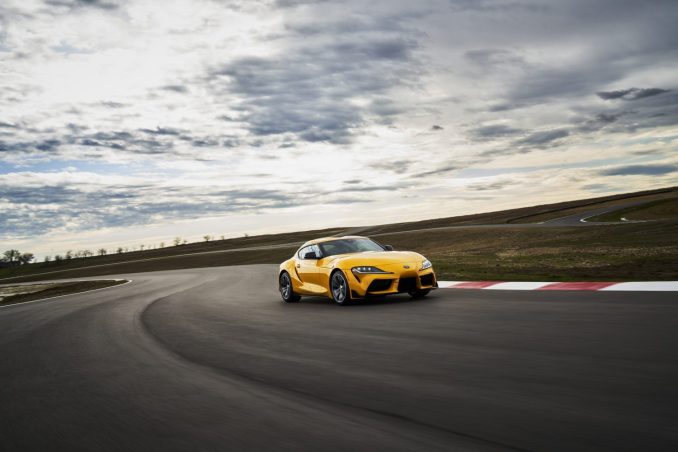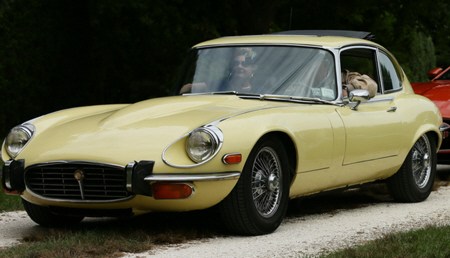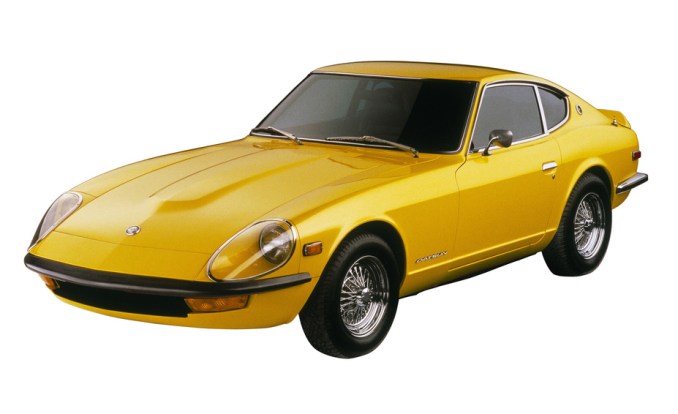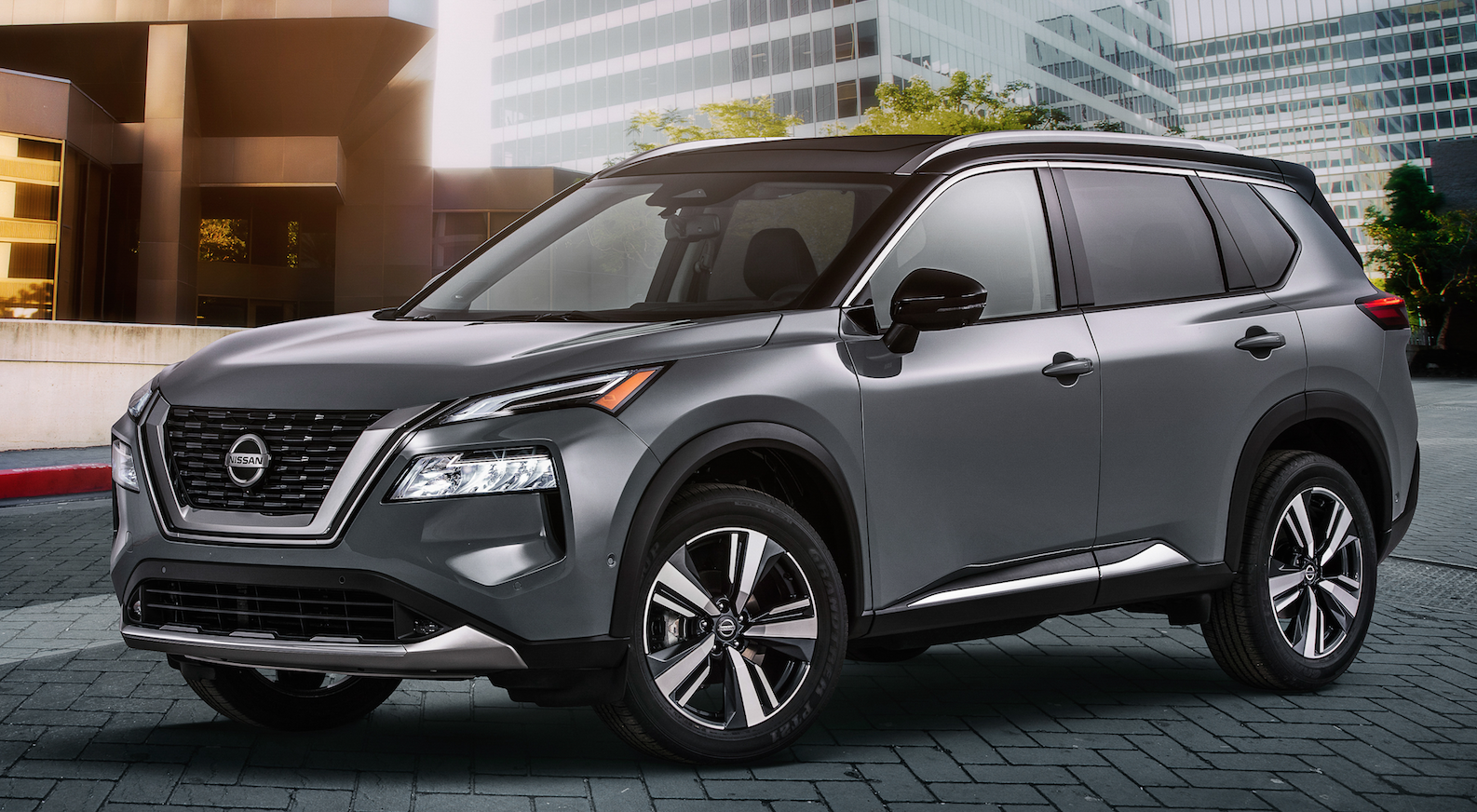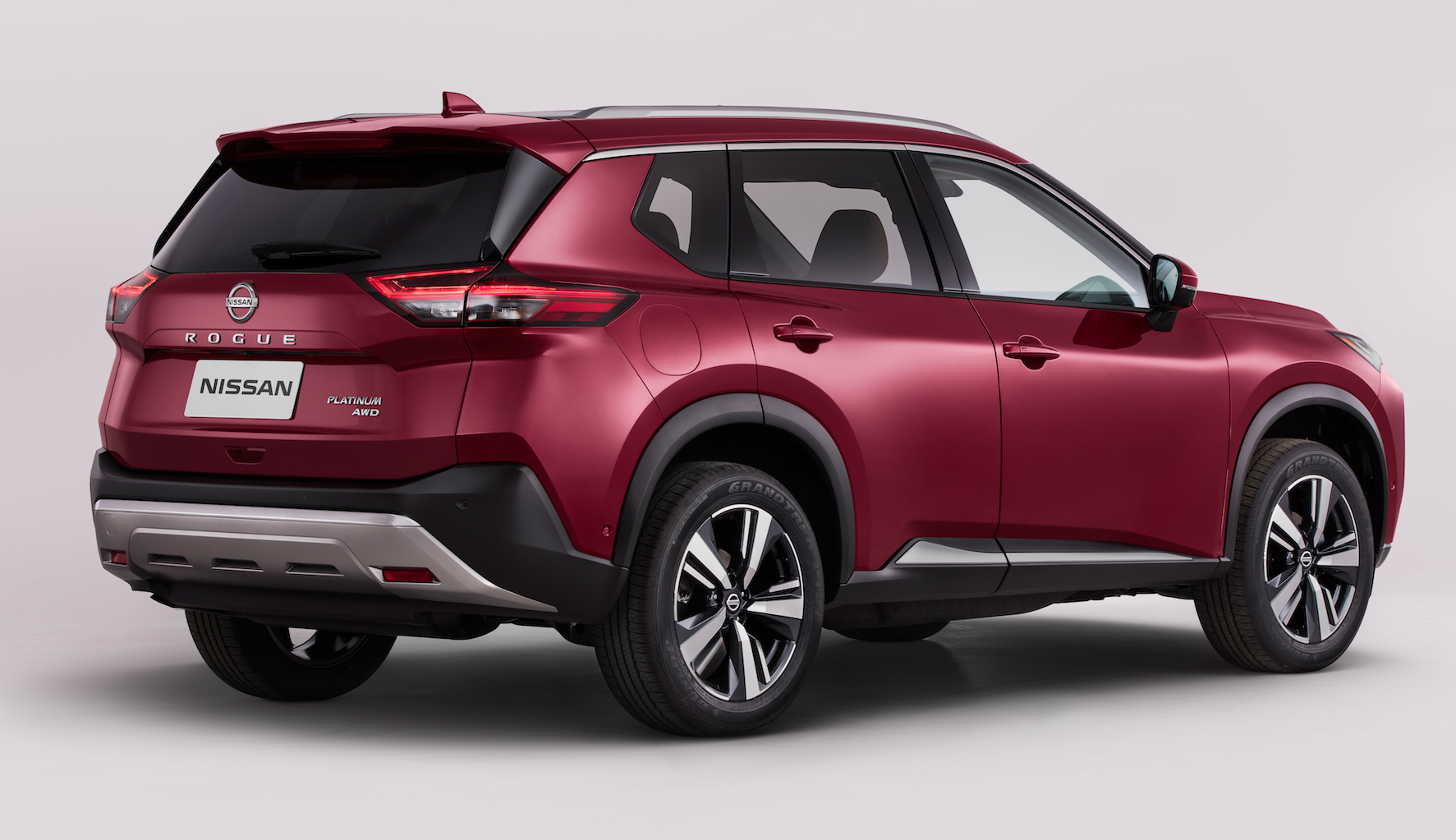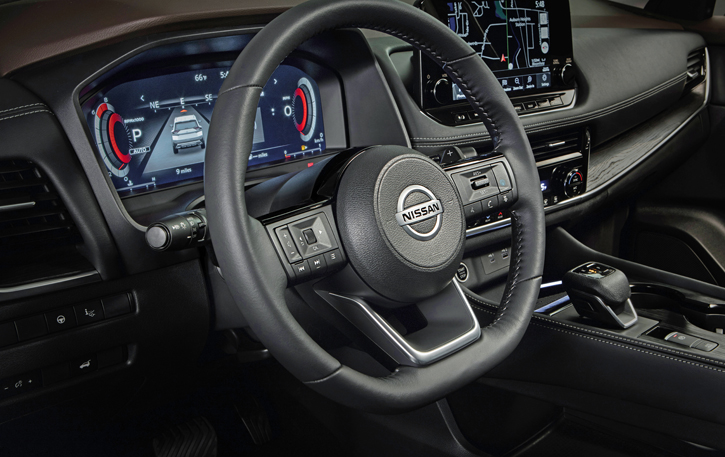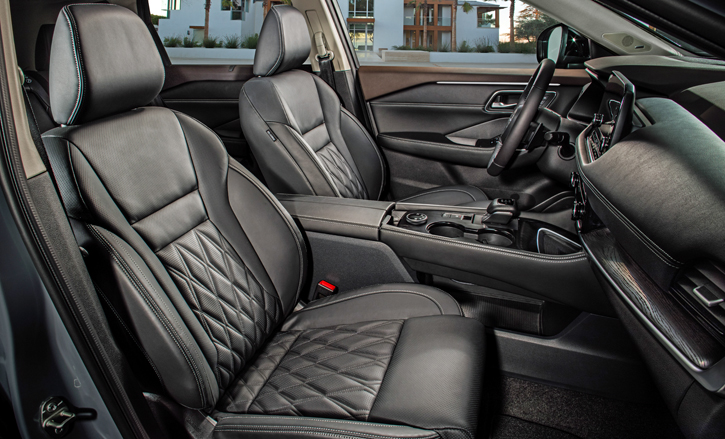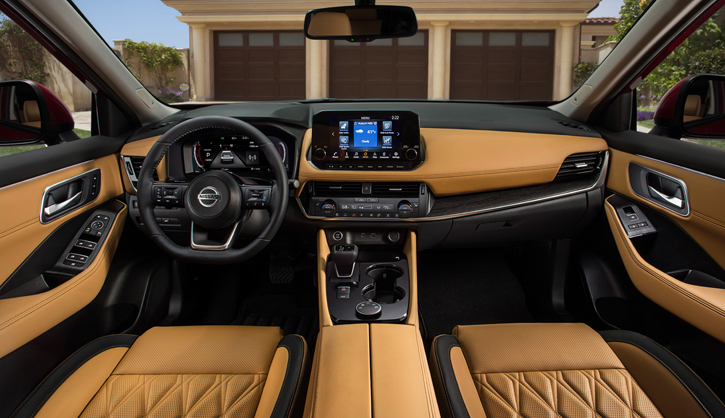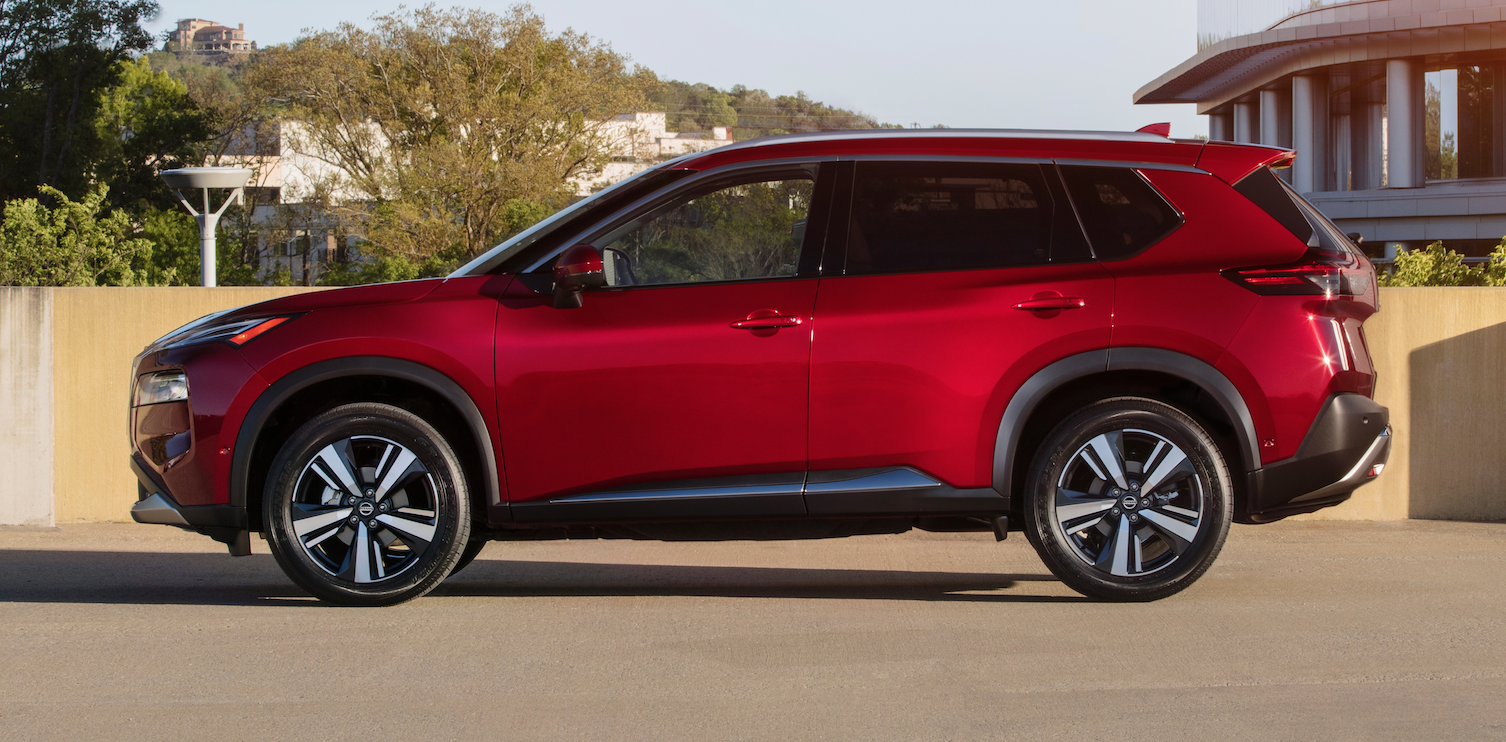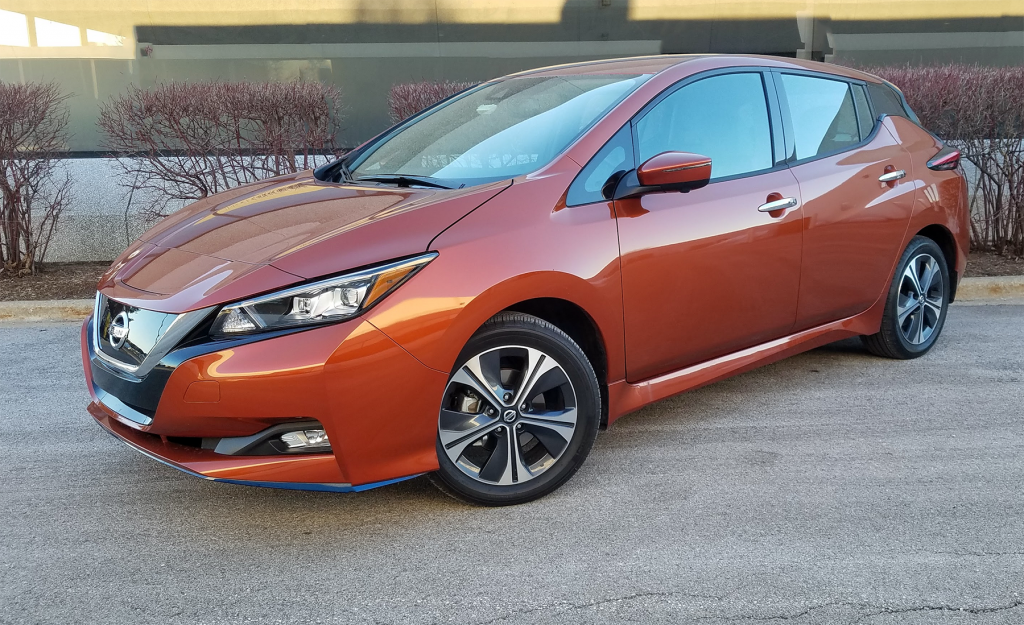
2021 Nissan Leaf SL Plus in Sunset Drift Chromaflair paint (a $395 option)

2021 Nissan Leaf SL Plus
Class: Electric Vehicle
Miles driven: 179
Battery capacity: 62 kWh
| CG Report Card | |
|---|---|
| Room and Comfort | B+ |
| Power and Performance | A- |
| Fit and Finish | B+ |
| Fuel Economy | A |
| Value | B |
| Report-card grades are derived from a consensus of test-driver evaluations. All grades are versus other vehicles in the same class. Value grade is for specific trim level evaluated, and may not reflect Consumer Guide's impressions of the entire model lineup. | |
| Big & Tall Comfort | |
| Big Guy | A |
| Tall Guy | A |
| Big & Tall comfort ratings are for front seats only. "Big" rating based on male tester weighing approximately 350 pounds, "Tall" rating based on 6'6"-tall male tester. | |
| Drivetrain | |
| Engine Specs | 214 horsepower |
| Engine Type | Electric motor |
| Transmission | Automatic |
| Drive | Front-wheel drive |
EPA-estimate MPGe: 114 city/94 hwy/104 combined
EPA-estimated driving range: 215 miles
Consumer Guide range estimate (ideal conditions): 215+ miles
Base price: $43,920 (not including $925 destination charge)
Options on test vehicle: Splash guards ($200), premium paint ($395), carpeted floor mats and cargo-area mat ($190)
Price as tested: $45,630
Quick Hits
The great: Responsive acceleration; engaging handling; affordable pricing for a pure-electric vehicle
The good: Good selection of comfort, safety, and technology features; nicely finished interior in SL Plus trim
The not so good: Maximum driving range doesn’t match most rival EVs; rear seat backs don’t fold flat with the cargo floor
More Leaf price and availability information
John Biel
If you’re a dedicated user of a fully electric motor vehicle, the PLUS versions of the Nissan LEAF—with full-charge operating ranges that exceed 200 miles—probably seem like a good idea. If you’re a no-nonsense range-über-alles EV owner, the LEAF SL PLUS probably represents the height of senseless extravagance.
The PLUS package, with a 160-kW motor served by a 62-kWh battery, is available on all three LEAF trim levels. However, the EPA’s maximum-range estimate for the basic S PLUS is 226 miles, while SV and SL PLUS range is projected at 215 miles—and the line-topping SL starts at $5700 more than the S.
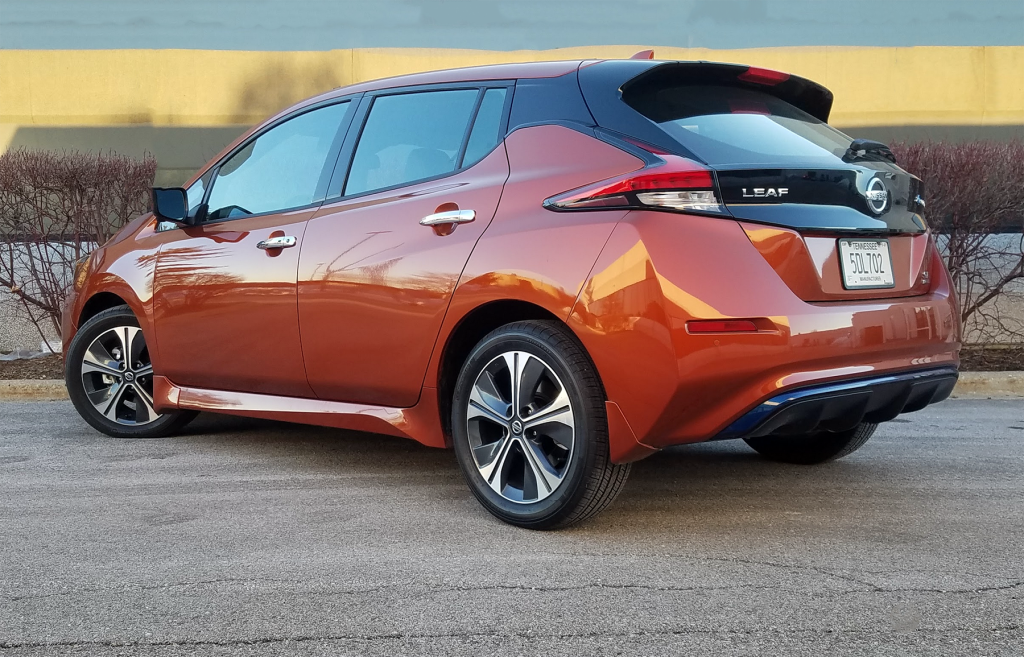
The Nissan Leaf was redesigned for the 2018 model year, and after receiving updates for 2019 and 2020, it rolls into 2021 with no changes.
Consumer Guide tested one of these silent sybarites that, for 2021, start at $44,845 with delivery, though a trio of stand-alone options pushed the final price to $45,630. It continues to be a comfortable-riding and fairly roomy compact hatchback sedan with commendable zip.
A quick review of the second-generation LEAF that bowed for 2018 recalls that the PLUS power-and-range boost came in for 2019. After adding standard safety features for the ’20 model year, it comes into 2021 unchanged. The ask for the SL PLUS is $3450 higher than the midrange SV with the same powerplant. The upcharge fetches an electronic parking brake, ProPILOT Assist light-autonomy adaptive cruise control and steering, Intelligent Around View Monitor, Intelligent Driver Alertness Monitor, LED headlights and daytime running lights, LED turn-signal indicators in the heated power mirrors, auto-dimming rearview mirror, Homelink universal transceiver, rear cargo cover, leather seats with 8-way power adjustment for the driver’s seat, and a 7-speaker Bose Energy Efficient Series audio system. (The SL’s 3930-pound curb weight is 16 pounds more than the SV PLUS weighs.)
Quick Spin: 2020 Mini Cooper SE Hardtop

In SL Plus trim, the Leaf’s cabin boasts a nice roster of upscale features. The unusual “hockey puck” shifter takes a little getting used to. A switch ahead of the shifter controls the “e-Pedal” drive mode–activating the e-Pedal makes the electric motor’s regenerative braking more aggressive, which enables the vehicle to come to a complete stop in certain driving situations just by lifting off the throttle pedal; applying the brakes isn’t necessary.
Other notable standard features are a heated leather-wrapped steering wheel; heated front seats; Apple CarPlay/Android Auto compatibility; NissanConnect infotainment with 8-inch touchscreen, navigation, satellite radio, and remote vehicle-monitoring system; 17-inch alloy wheels; and a charge-port light. Safety and driver assistance are boosted by the Safety Shield 360 group: blind-spot and rear cross-traffic alerts, automatic emergency braking with pedestrian detection, lane-departure warning, and automatic headlight high-beam control. Other standard tech items are a forward-collision warning, Nissan’s Intelligent Lane Intervention (to help keep the car in its lane when lane markings are clear), and Rear Door Alert.
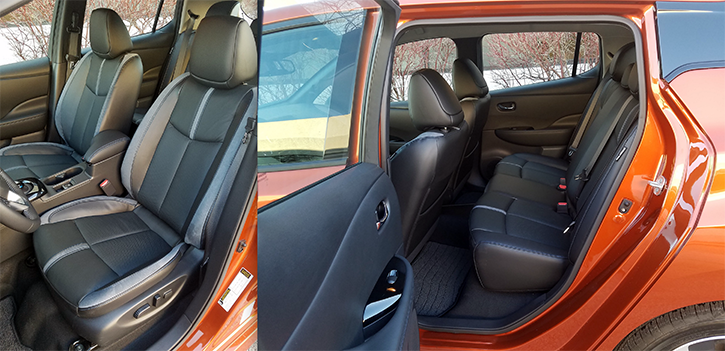
Considering the compact-hatchback dimensions, the Leaf offers respectable space in the front and rear seats.
The PLUS motor/battery outstrips the base unit by quite a lot. Available only in S and SV trim, the latter consists of a 110-kW motor and 40-kWh lithium-ion battery good for 147 hp and 236 lb-ft of torque. Projected range is 149 miles. In addition to its greater range, the PLUS powerplant is more powerful at 214 hp and 250 lb-ft of torque. It delivers lively, linear acceleration and makes the LEAF PLUS capable of easily maintaining safe expressway cruising speeds.
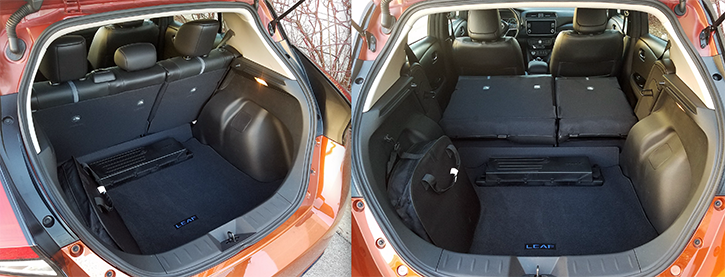
The Leaf offers a respectable 23.6 cubic feet of cargo volume, which grows to 30 cu. ft. with the rear seat backs folded. The seat backs don’t fold flush with the cargo floor, however, and the audio system’s subwoofer (which is mounted just behind the seats) takes up space as well. The supplied charging cable comes with a soft-sided carrying case.
This reviewer took over the test car with an indicated charge level of 99 percent. With commuting-time temperatures in the 30s and low 40s Fahrenheit and the heat on, his test stint of 72.5 miles (with 49 percent city-type operation) left charge level at 64 percent and indicated range at 138 miles, meaning a trip of 200-plus miles in these driving conditions was possible—and clicking off the heater showed remaining range would have inched up to 144 miles. Tapped into the 240-volt charger at the CG offices, the car reported is would need four hours and 40 minutes to return to full charge, but a “Level 3” quick-charge port is built in to permit faster charging. The EPA rates the SV/ SL PLUS at 114 MPGe in city driving, 94 on the highway, and 104 combined; respective figures for the S PLUS are 118/97/108.
Guide to Electric Vehicle Charging
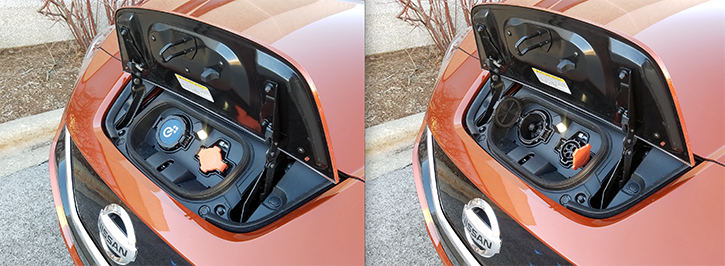
The Leaf includes both a 6.6 kW charge port (the smaller port with the orange cover) and a 100 kW CHAdeMO charge port (blue cover). The charge-port light makes plugging in at night or in a dark garage much easier.
The front-wheel-drive second-generation LEAF displays nimble handling—it’s a good city car for more than just its gasless operation—and a smooth ride. In speedier expressway driving expect to hear a little bit of wind and road noise. At the flick of a console lever, drivers can summon e-Pedal for “one-pedal” operation. When the accelerator pedal is released all the way, regenerative and friction brakes are applied automatically, bringing the car to a complete stop on level ground or slopes without need of the brake pedal. The LEAF will hold its position until the accelerator is pressed again.
